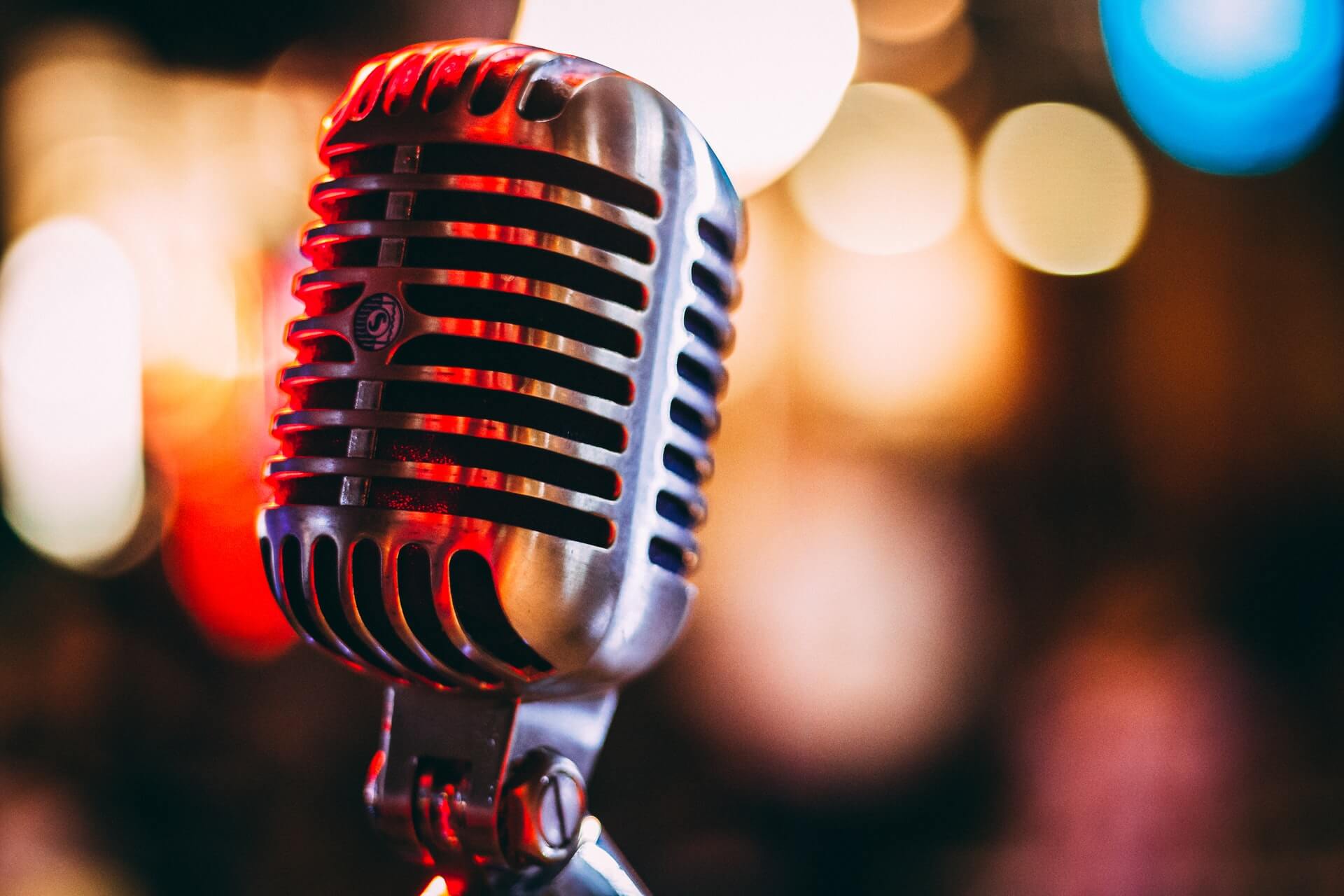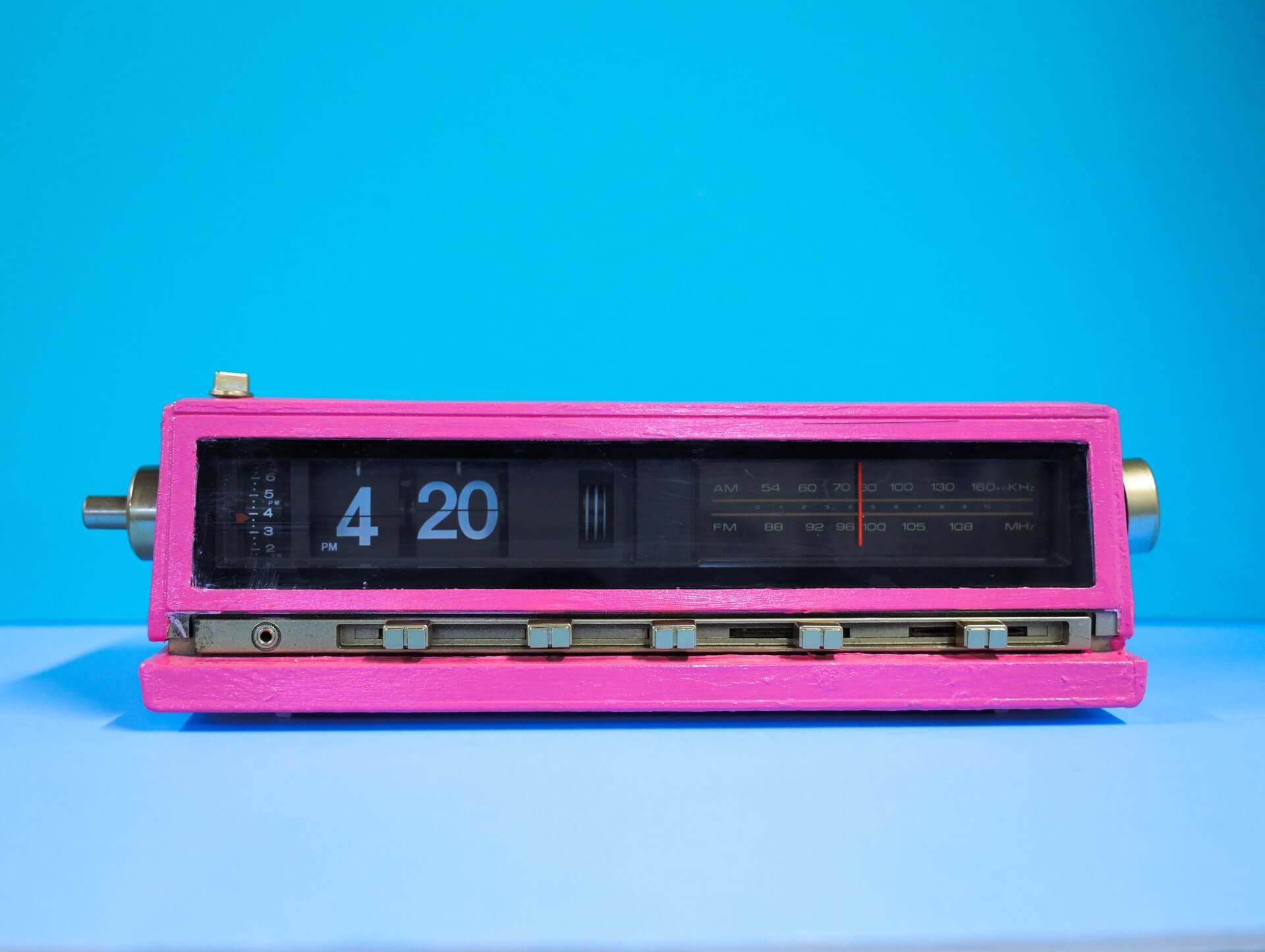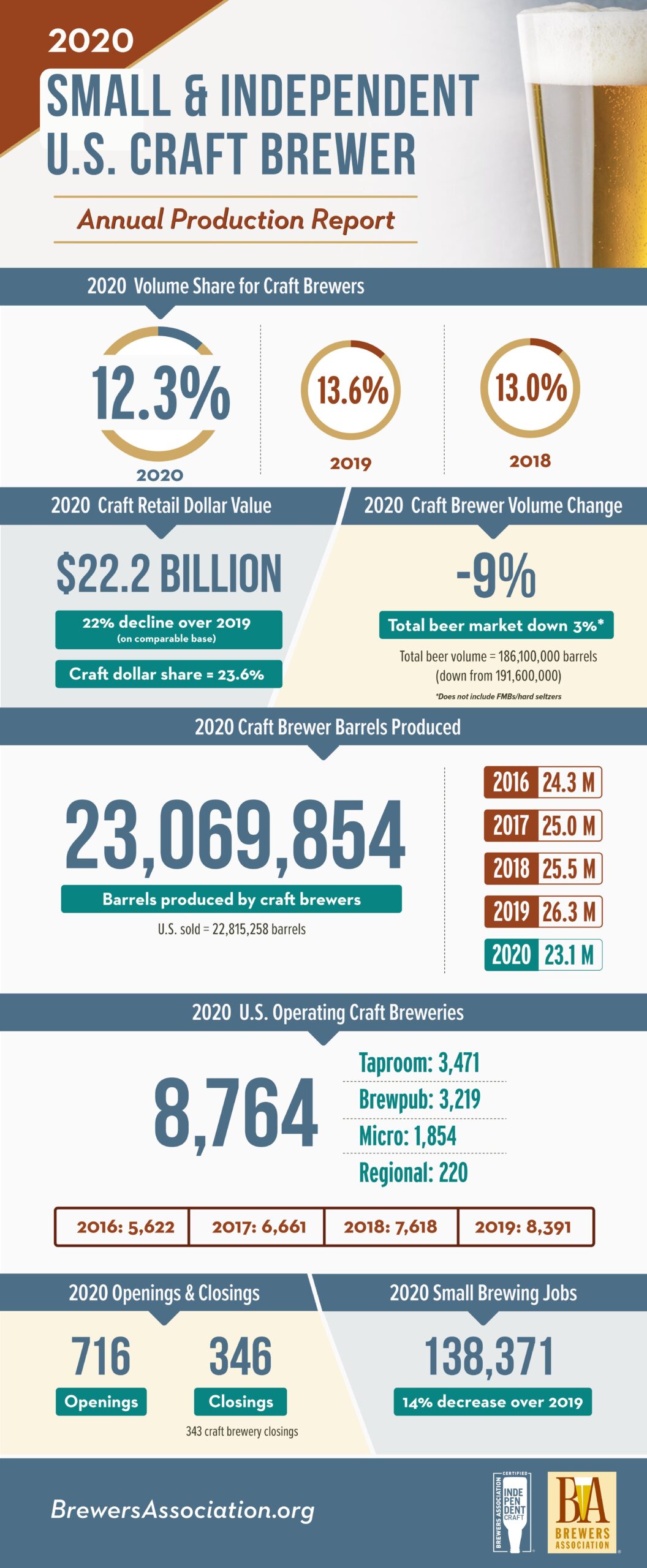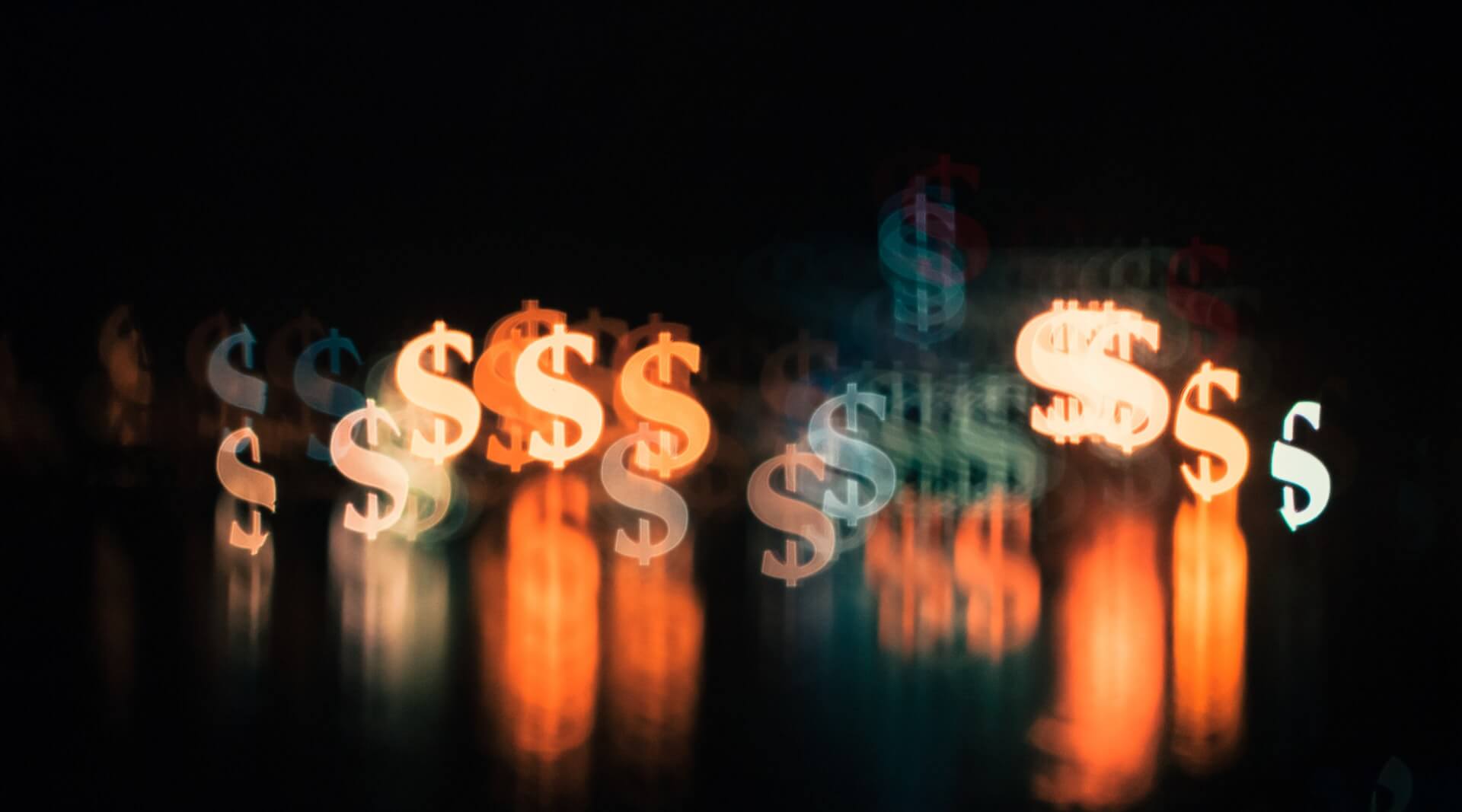RRF Applications Open Monday
by David Klemt
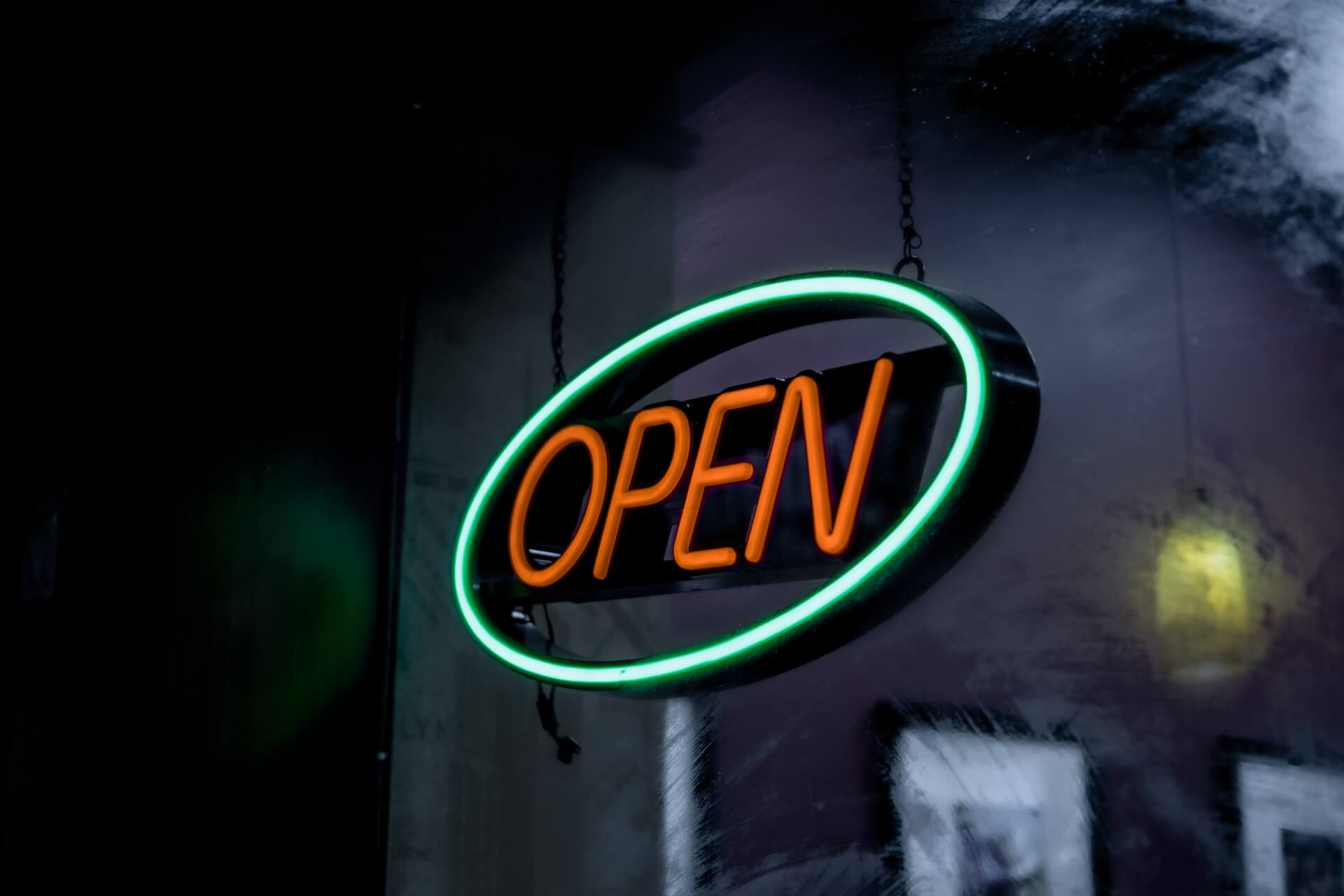
In long overdue but very welcome news, the Small Business Administration’s RRF portal opens to accept applications on Monday.
Operators and business owners will be able to register this Friday, April 30.
We definitely recommend doing so to make the application process simpler and (hopefully) less frustrating on Monday, May 3.
What You Need to Know
Mainly, the following: The SBA’s RRF portal link is https://restaurants.sba.gov. It would probably be a good idea to go ahead and bookmark that site now.
Alternately, operators using an SBA POS partner to apply. Partner systems include Clover, NCR, Square, and Toast.
Per the SBA, operators will be able to register via the website beginning at 9:00 AM EST on Friday. Again, it would be wise to plan on doing exactly that.
Anything that can be done to speed up the application process opening Monday should be done.
According to the SBA website, certain eligible entities will be given priority. For the first 21 days the application process is open, priority will be granted to small businesses with a minimum of 51 percent ownership by women, veterans or socially disadvantaged people.
However, all eligible owners and operators should register on Friday and apply on Monday. Doing should, in theory, help applicants secure their grants in a more timely manner.
📰 Big #RestaurantRevitalizationFund news!
Owners of restaurants 🍜, food trucks 🚚, catering services 🍽️, bakeries 🍰, bars 🍻, and related businesses can register on Friday and start applying on Monday. Here's what else you need to know: https://t.co/kFJ49vD6pq
— SBA (@SBAgov) April 27, 2021
RRF Preparation
The SBA’s Restaurant Revitalization Fund portal opens at noon ET on Monday. It’s best to prepare as much as possible as it’s likely applicants may find themselves in a queue depending upon traffic.
Operators can calculate their grant amounts with the following equations for applicants:
- in operation prior to or on January 1, 2019: 2019 gross receipts minus 2020 gross receipts minus PPP loan amounts.
- that began operations partially through 2019: (Average 2019 monthly gross receipts x 12) minus 2020 gross receipts minus PPP loan amounts.
- who began operations on or between January 1, 2020 and March 10, 2021: Amount spent on eligible expenses between February 15, 2020 and March 11, 2021 minus 2020 gross receipts minus 2021 gross receipts (through March 11, 2021) minus PPP loan amounts
- not yet opened but have incurred eligible expenses: Amount spent on eligible expenses between February 15, 2020 and March 11, 2021 minus 2020 gross receipts minus 2021 gross receipts (through March 11, 2021) minus PPP loan amounts
Note: Entities who began operations partially through 2019 may elect, at their own discretion, to use either calculation two, three or four above.
For further guidance and to prepare as much as possible, please click here for the SBA’s RRF guide, and click here to review the sample application.
The Independent Restaurant Coalition also has a handy checklist posted to Instagram:
View this post on Instagram
Good luck!
Image: Prateek Katyal on Unsplash

